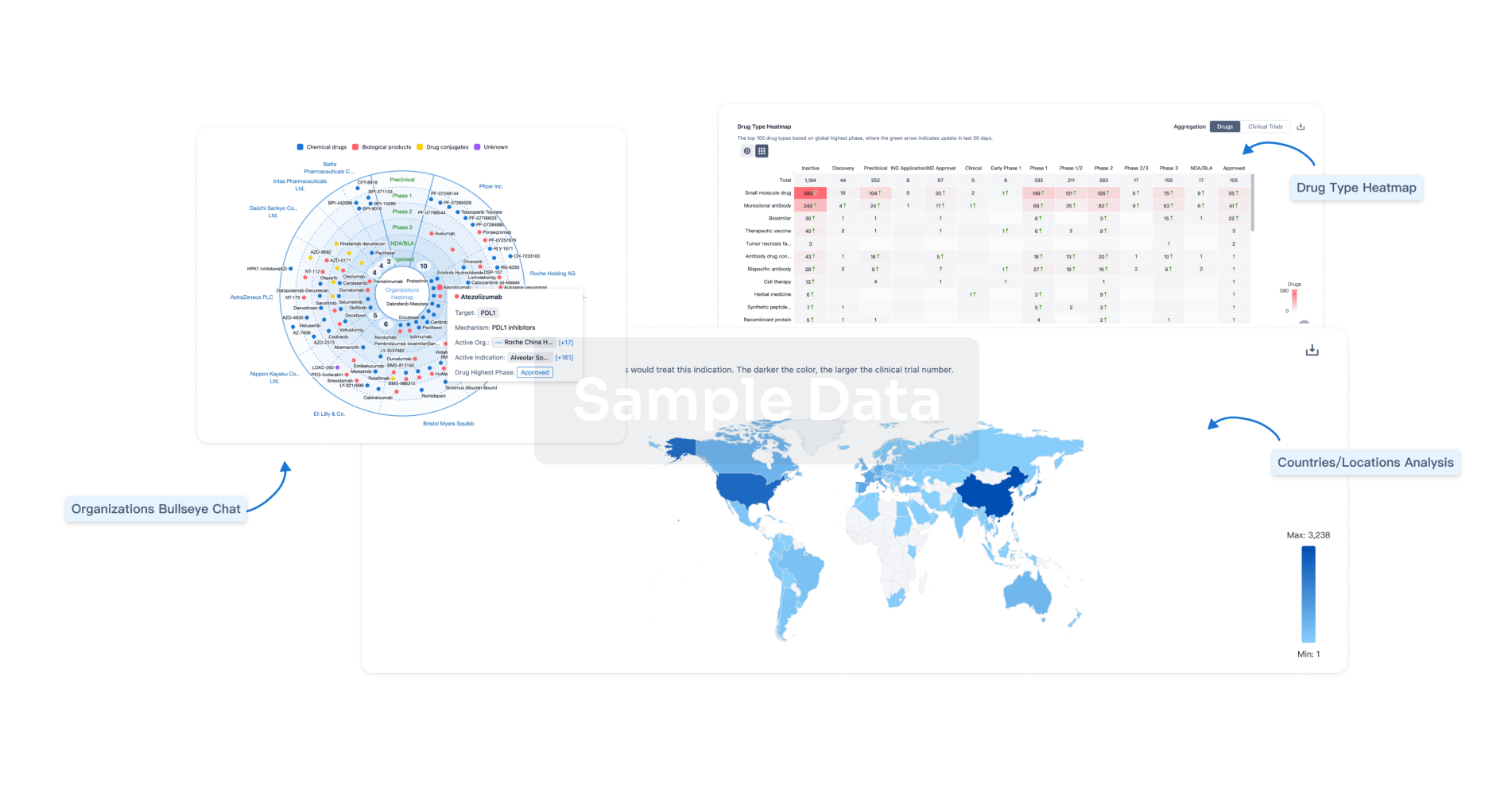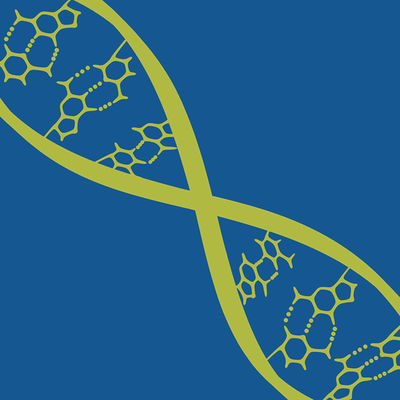Request Demo
Last update 08 May 2025
Advanced Malignant Thoracic Neoplasm
Last update 08 May 2025
Basic Info
Synonyms Advanced Malignant Thoracic Neoplasm |
Introduction A malignant thoracic neoplasm that has spread extensively to other anatomic sites or is no longer responding to treatment. |
Related
4
Drugs associated with Advanced Malignant Thoracic NeoplasmTarget |
Mechanism VEGF-A inhibitors [+1] |
Active Org. |
Originator Org. |
Active Indication |
Inactive Indication |
Drug Highest PhaseApproved |
First Approval Ctry. / Loc. United States |
First Approval Date26 Feb 2004 |
Target |
Mechanism MTA-PRMT5 inhibitors |
Active Org. |
Originator Org. |
Active Indication |
Inactive Indication- |
Drug Highest PhasePhase 2 |
First Approval Ctry. / Loc.- |
First Approval Date20 Jan 1800 |
Target |
Mechanism FOLR1 modulators [+2] |
Active Org. |
Originator Org. |
Active Indication |
Inactive Indication- |
Drug Highest PhasePhase 1/2 |
First Approval Ctry. / Loc.- |
First Approval Date20 Jan 1800 |
18
Clinical Trials associated with Advanced Malignant Thoracic NeoplasmChiCTR2500098830
Research on the Paradigm of Integrated Rehabilitation System for Thoracic Tumors Based on Digital Medicine
Start Date01 Oct 2025 |
Sponsor / Collaborator |
NCT06333951
A Phase 1b Study Evaluating the Safety, Tolerability, Pharmacokinetics, and Efficacy of AMG 193 Alone or in Combination With Other Therapies in Subjects With Advanced Thoracic Tumors With Homozygous MTAP-deletion (Master Protocol)
The study aims to determine maximum tolerated dose (MTD) or recommended combination dose of the MTA-cooperative PRMT5 inhibitor AMG 193 administered in combination with other therapies in adult participants with metastatic or locally advanced methylthioadenosine phosphorylase (MTAP)-deleted thoracic tumors. The study also aims to determine the safety profile of AMG 193 administered in combination with other therapies in adult participants with metastatic or locally advanced MTAP-deleted thoracic tumors.
Start Date17 Sep 2024 |
Sponsor / Collaborator |
NCT06396598
SyMPLER: Patient- and Caregiver-Triggered Palliative Referrals Via an Electronic Symptom Monitoring Program
This clinical trial evaluates earlier symptom management through remote electronic symptom monitoring (such as through an app on patient's phone), and accessibility of palliative care self-referral by patients with thoracic cancer and caregivers by proxy (legal representative). Thoracic cancer occurs in the chest and often causes symptoms for patients. Patients and/or their caregivers are often unable to attend in-person clinic visits for various reasons. The most frequently reported symptom by patients at initial palliative care consultations is pain, and caregivers' most common concerns are pain management for the patient, stress reduction, and fears about patient decline. Earlier palliative care referral can help control these symptoms before they worsen, providing a better quality of life for patients and caregivers. improve physical and emotional functioning for patients and caregivers in cancer care. This study may help researchers learn how an electronic symptom monitoring program may provide an earlier and more accessible way for patients with thoracic cancer to receive palliative care.
Start Date09 Feb 2024 |
Sponsor / Collaborator |
100 Clinical Results associated with Advanced Malignant Thoracic Neoplasm
Login to view more data
100 Translational Medicine associated with Advanced Malignant Thoracic Neoplasm
Login to view more data
0 Patents (Medical) associated with Advanced Malignant Thoracic Neoplasm
Login to view more data
91
Literatures (Medical) associated with Advanced Malignant Thoracic Neoplasm01 Feb 2025·Bulletin du Cancer
Optimizing the management of immune-related adverse events and survival in patients with thoracic cancer receiving immunotherapy through artificial intelligence (electronic patient-reported outcomes): The IMPATHI study
Article
Author: Schernberg, Antoine ; Picchi, Hugo ; Vanquaethem, Hélène ; Le Roy, Audrey ; Pautas, Marie ; Amouin, Serge ; Audisio, Marie-Anne ; Parnot, Charles ; Helissey, Carole ; Brureau, Laurent ; Barhli, Aline ; Brezun, Juliette
04 Nov 2024·The Oncologist
Immune-related adverse events requiring hospitalization in patients with lung cancer: implications and insights
Article
Author: Grealish, Kelley ; Wu, Chia-Yun ; Hathaway, Nora ; Reynolds, Kerry ; Falade, Ayo ; Perlman, Katherine ; Zubiri, Leyre ; Sun, Joie ; Mooradian, Meghan J ; Lopiccolo, Jackie
01 Aug 2024·European Journal of Cancer
Prospective cardiovascular events in patients with advanced thoracic cancer treated with immune checkpoint inhibitor
Article
Author: Houard, Valérie ; Mazieres, Julien ; Veillon, Rémi ; Zysman, Maeva ; Vergnenegre, Charlotte ; Verdy, Guillaume ; Rabeau, Audrey ; Faure, Maxime ; Toublanc, Anne-Claire ; Bardel, Claire ; Dos Santos, Pierre
Analysis
Perform a panoramic analysis of this field.
login
or

AI Agents Built for Biopharma Breakthroughs
Accelerate discovery. Empower decisions. Transform outcomes.
Get started for free today!
Accelerate Strategic R&D decision making with Synapse, PatSnap’s AI-powered Connected Innovation Intelligence Platform Built for Life Sciences Professionals.
Start your data trial now!
Synapse data is also accessible to external entities via APIs or data packages. Empower better decisions with the latest in pharmaceutical intelligence.
Bio
Bio Sequences Search & Analysis
Sign up for free
Chemical
Chemical Structures Search & Analysis
Sign up for free



